Thriller by Michael Jackson
Thriller is the sixth studio album by Michael Jackson and the best selling album of all time. Seven of the nine songs on the album were released as singles and each one of […]
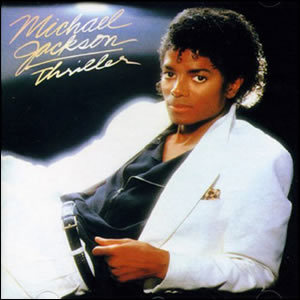
Thriller is the sixth studio album by Michael Jackson and the best selling album of all time. Seven of the nine songs on the album were released as singles and each one of […]
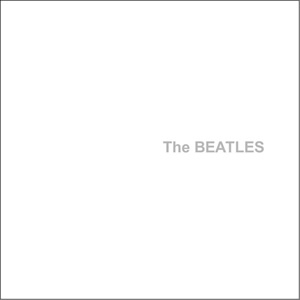
Buy The Beatles In 1968, The Beatles released their only double studio album, an eponymous release commonly referred to as The White Album. Despite the official title which emphasized group identity, the actual […]
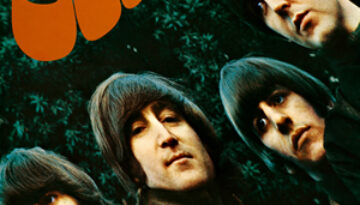
Buy Rubber Soul As the years have gone by, Rubber Soul has distinguished itself more and more from the “typical” early album by The Beatles. While the 14 selections remain pretty much bright […]
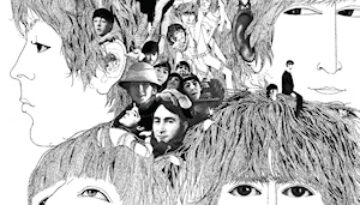
Buy Revolver As many times as I’ve heard someone say they love The Beatles, I have heard someone else say they think they are overrated. To a generation of listeners raised in the […]
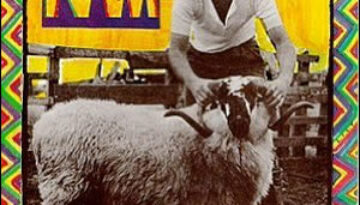
Buy Ram Although Paul McCartney had, by any success metric, the best post-Beatles career of any of his former band mates, he often frustrated fans and critics alike with his constant fluctuation between […]
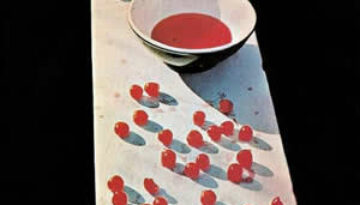
Buy McCartney The second of our three “Life After Beatles” reviews looks at the most controversial release in the sense that it played an indirect role in the group’s demise. Covertly recorded during […]
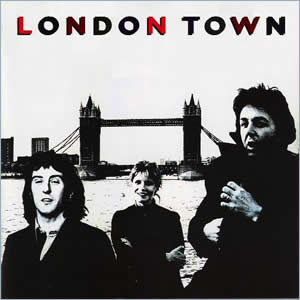
As the sixth overall album under the group name Wings, the 1978 album London Town is often overlooked as a great album by the Paul McCartney led band. But a great album this […]
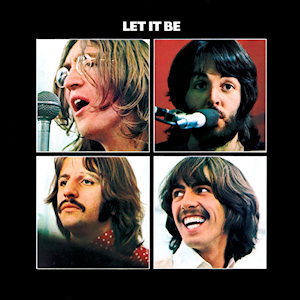
Buy Let It Be Released less than a month after the announcement of their breakup, Let It Be was a unique release by The Beatles on several fronts. First, the bulk of the […]
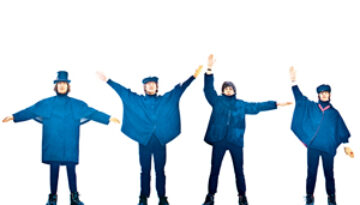
Buy Help! Their fifth overall studio album, Help!, is perhaps the final of The Beatles‘ pop-centric, “mop-top” era records released over the course of 30 months. Still, the group did make some musical […]
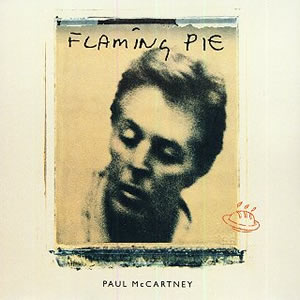
Buy Nine Lives After spending a few years working on The Beatles Anthology project, it was clear that Paul McCartney wanted to continue revisiting the sounds and styles of the past when he […]